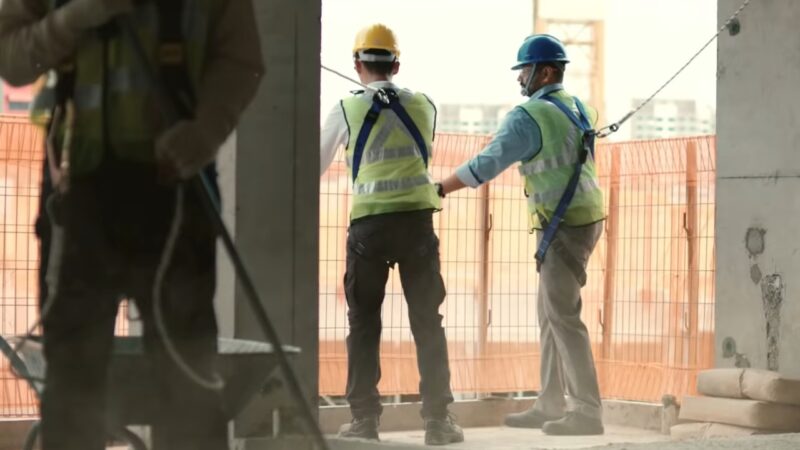Working at height introduces unique challenges and risks, necessitating rigorous safety measures and the right tools to mitigate potential hazards. This blog post delves into the critical importance of safety when navigating such environments and provides a detailed exploration of five essential tools designed to ensure protection and efficiency in elevated workspaces.
Our journey will cover an array of indispensable equipment, from ladders to fall protection systems, each offering unique benefits tailored to various high-altitude tasks. By understanding the nuances of these tools, workers and security managers can create safer, more productive work environments for elevated projects.
1. Ladders
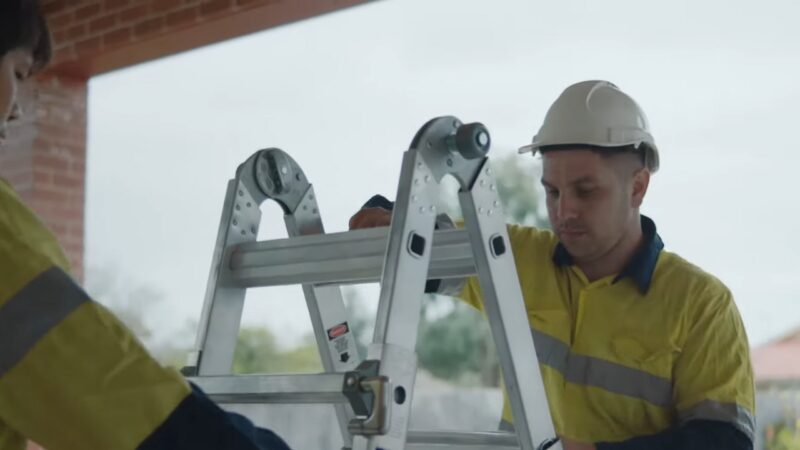
Ladders, the quintessential tools for reaching higher grounds, come in various forms, including step ladders, extension ladders, and more specialized types like telescoping and multi-purpose ladders. The key to ladder safety lies in selecting the right ladder for the job, ensuring it is in good condition, and using it within its operational guidelines.
For instance, step ladders are ideal for tasks requiring a stable base and short reach, while extension ladders are suited for accessing roofs or higher elevations. It’s crucial to observe safety tips like maintaining a three-point contact (two hands and a foot or two feet and a hand) and not overreaching. Despite their versatility, ladders have limitations, including height restrictions and the risk of falls if improperly used.
2. Access Platforms
Access platforms, including scissor lifts and cherry pickers, offer versatile, secure solutions for working at various heights and are essential for tasks that require mobility and access to hard-to-reach areas. These platforms, as seen here, provide a level of stability and safety unmatched by ladders, equipped with safety features like guardrails and emergency stop buttons.
Their applications range from construction and maintenance to tree trimming and exterior painting. However, operating access platforms requires specific training to understand the machinery’s controls, capabilities, and security precautions, highlighting the importance of proper education and certification in ensuring operator and bystander safety.
3. Safety Harnesses
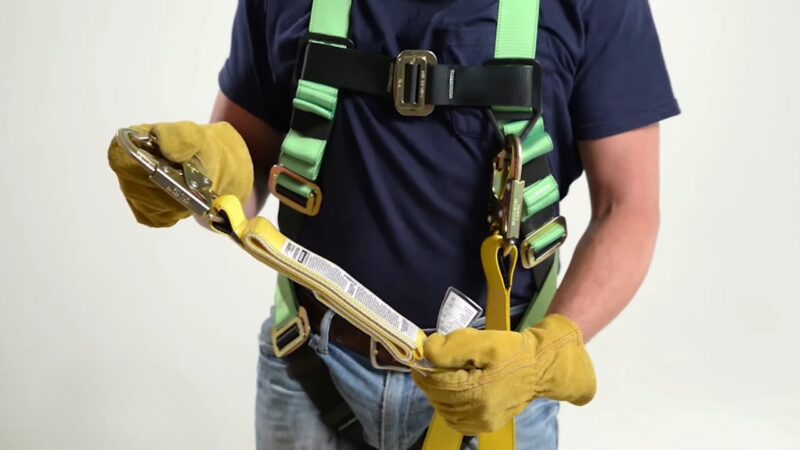
Safety harnesses are vital in preventing falls from height, the leading cause of fatalities in construction. A safety harness is part of a personal fall arrest system, which includes a full-body harness, a lanyard, a lifeline, and an anchor point.
The proper fitting and usage of a harness are paramount; it should be snug but comfortable, with no loose straps, ensuring that in the event of a fall, the worker’s body is supported in a way that minimizes injury. Regulations and standards, such as those outlined by OSHA in the United States, mandate the use of safety harnesses in many working-at-height scenarios, emphasizing their critical role in worker security.
Understanding what is CBS in construction further reinforces the commitment to safety and risk management within the industry.
4. Scaffolding
Scaffolding provides a stable, elevated work platform, offering advantages over ladders for prolonged tasks requiring access to large areas. Scaffolds can be categorized mainly into fixed (including supported and suspended types) and mobile scaffolding, each suited to different project needs.
While scaffolding allows for greater mobility and can support multiple workers and equipment, it requires careful assembly, regular inspection, and adherence to safety precautions to prevent falls, collapses, and other accidents. Maintenance and inspection are critical, with a focus on ensuring structural integrity, proper securing of components, and the presence of security features like guardrails.
5. Fall Protection Systems

Fall protection systems, including guardrails, safety nets, and personal fall arrest systems, form the last line of defense against falls from height. These systems are designed to either prevent falls or minimize the consequences should a fall occur.
The integration of fall protection measures with other working-at-height tools enhances overall security, creating a comprehensive safety net for workers. Regulations and standards dictate the implementation of these systems, underscoring their importance in safeguarding against one of the most significant risks in elevated work environments.
A well-planned fall protection strategy is essential for any project that involves working at height.
Preventive Planning for Elevated Work
Before any work at height begins, a comprehensive risk assessment forms the bedrock of safety. This crucial step identifies potential hazards, evaluates the risk of falls, and determines the necessary tools and protective measures to mitigate these dangers.
It involves examining the work environment, the task at hand, and the condition of equipment such as ladders, scaffolding, and access platforms. This proactive approach ensures that every measure, from the selection of the right tool for the job to the implementation of fall protection systems, is tailored to address specific risks, ensuring a safer work environment for all involved.
The Non-Negotiables of Personal Protective Equipment (PPE)
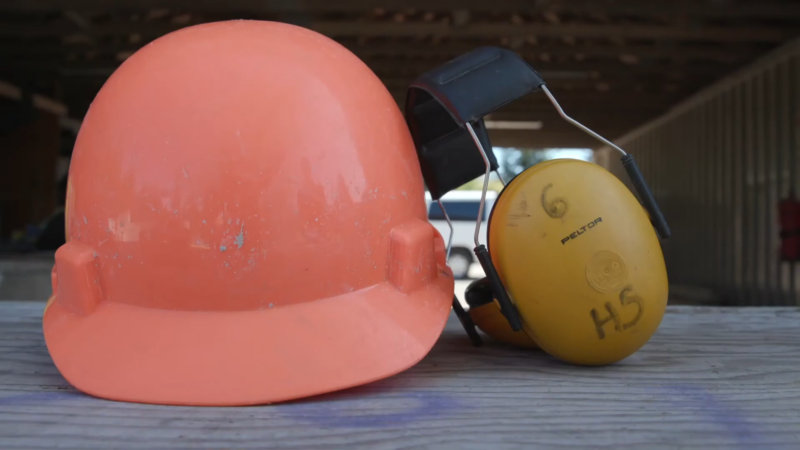
The importance of Personal Protective Equipment (PPE) in maintaining safety at height cannot be overstated. Essential gear like safety harnesses, helmets, and non-slip work boots form a worker’s first line of defense against the risks of working aloft.
A safety harness, properly fitted and attached to a secure anchor point, can be the difference between a minor incident and a life-threatening fall. Likewise, helmets protect against head injuries from falling objects, while footwear with enhanced grip helps prevent slips and trips on elevated platforms. Regular inspection and maintenance of PPE are just as crucial, ensuring that this protective gear provides maximum security at all times.
Cultivating a Culture of Safety: Training and Awareness
Creating a culture of safety transcends the mere provision of tools and gear; it requires ongoing education, training, and awareness. Workers must be trained not only in the proper use of tools like ladders, scaffolds, and access platforms but also in recognizing hazards, executing emergency procedures, and understanding the nuances of fall protection systems.
This education fosters a work environment where safety is ingrained in every action and decision. Regular drills, workshops, and certification programs reinforce safety practices, ensuring that all team members are equipped with the knowledge and skills to navigate the complexities of working at height safely.
Conclusion
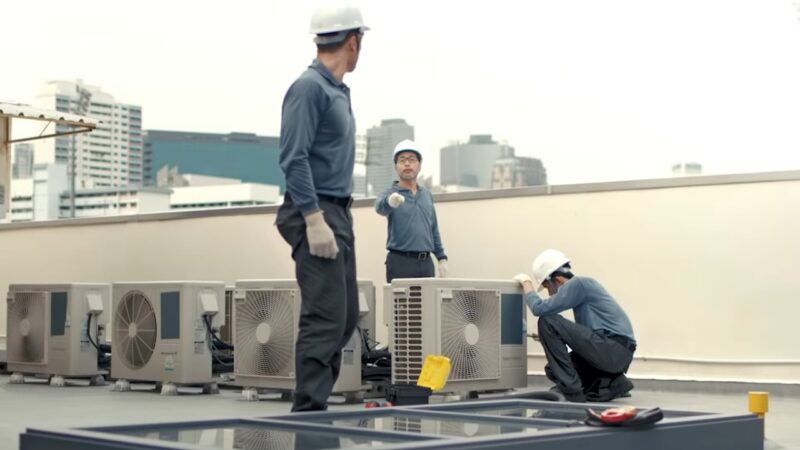
The tools highlighted in this post—ladders, safety harnesses, scaffolding, access platforms, and fall protection systems—are fundamental to ensuring safety and efficiency when working at height. Each tool serves a specific purpose, with its advantages, limitations, and safety considerations.
However, the key to maximizing their effectiveness lies not just in the tools themselves but in the proper training, adherence to safety protocols, and regular maintenance and inspection. As we prioritize safety in elevated workspaces, these tools become invaluable allies in protecting workers and ensuring that projects are completed without incident.
Let’s commit to elevating our safety standards to new heights, ensuring that every worker returns home safely at the end of the day.
